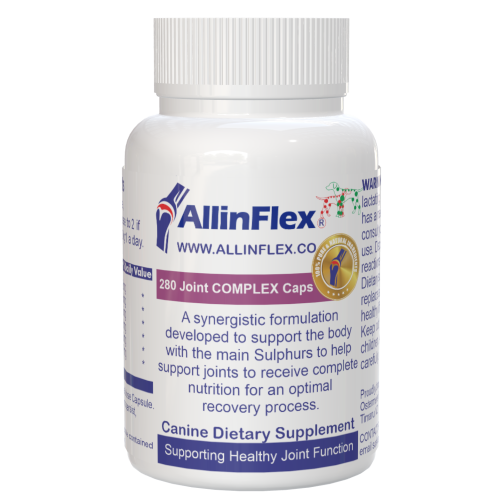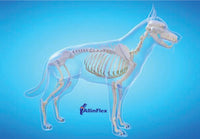Human Glucosamine for dogs | Dosage and side effects
Saskia OstermeierGlucosamine is commonly used as a joint health supplement for both humans and dogs.
If you choose to give your dog a human glucosamine supplement, you will need to make sure that the human capsules contain the same ingredients as those made for dogs.
The glucosamine capsules dosage and formulation may differ, and it's important to ensure that you are giving your dog the correct amount for their size and health status.
Glucosamine side effects for dogs
Glucosamine for dogs is generally considered safe, and side effects are rare. However, some dogs may experience mild gastrointestinal upset such as vomiting or diarrhoea when taking glucosamine supplements.
In rare cases, dogs may also experience allergic reactions to glucosamine, which can include swelling, hives , and difficulty breathing.
It's important to note that glucosamine may interact with certain medications, such as blood thinners, and may not be the best option to support the dog joint health if they suffer from certain health conditions.
If your dog experiences any unusual symptoms after taking glucosamine, you should contact your veterinarian immediately.
The recommended dosage of Glucosamine for dogs can vary depending on the dog's size and healthy status
You can add Glucosamine every day to your dog's feed if you follow the recommended dosage, which depends on their weight. In general, the recommended dosage for Glucosamine for dogs is:
- Small dogs weighing less than 10kg between 250-500mg daily
- Medium dogs with a weight between 10-25kg between 500-1000mg daily
- Large dogs with a weight between 25-50kg between 1500-2000mg daily.
A more effective approach to support your dog's joint health would be to provide a combination of joint nutrients rather than relying solely on glucosamine supplementation.
Glucosamine, chondroitin, and hyaluronic acid when used together may have a more significant effect on the dog's joint health than either supplement alone.
The dosage of glucosamine may be adjusted when given in combination with other joint nutrients such as chondroitin and hyaluronic acid. The reason is that these nutrients work synergistically to enhance each other's effects, potentially reducing the amount of glucosamine needed to achieve the desired results.




